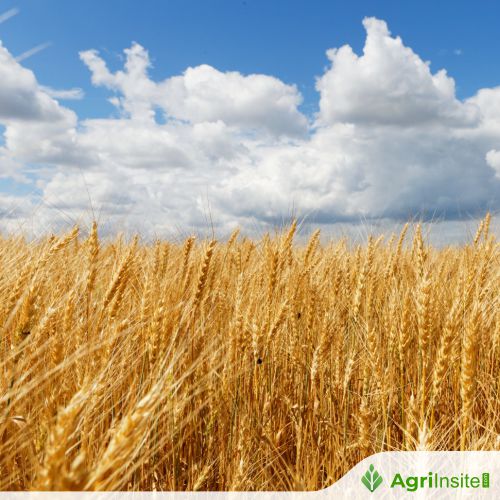Europe’s dry spring raises fears for wheat and barley harvests

A dry spring across Europe is threatening grain crops like wheat and barley, crucial for bread and beer. Key farming regions saw low rain and snowfall, worsening drought risks. Meteorologists warn of poor yields if dry conditions persist. Even forecasted rain may come too late or fall as damaging storms. Farmers, especially in France and the UK, face critical weeks ahead.
Farms across wide swaths of Europe are parched after an unusually dry spring, evidence of the increasing threat of climate change to homegrown grains.
The sunny stretch follows a winter marked by long periods of low rain and snowfall in key crop-producing regions. Total precipitation in Europe from February through April was below long-term averages, according to data from the University of Maine’s Climate Change Institute.
“Conditions are quite worrisome,” said Andrew Pedrini, a meteorologist with Atmospheric G2.
As climate change drives more extreme weather in Europe it is straining food supplies. Poor growth of wheat and barley, staples used in everything from bread to beer, has raised concerns of higher prices across the grocery aisles.
If the dryness persists it would be a second consecutive season of weather-related setbacks for farmers. Last year unrelenting downpours left fields in the UK and France too sodden to plant and Black Sea crops were hit by unseasonable cold snaps and drought.
Models from the European Centre for Medium-term Forecasting show periods of heavy rain across Europe in late-May and early June, but those are expected to be short-lived and unlikely to reverse the drying trends.
Already, warmer-than-usual temperatures and a lack of rain have caused some damage to winter crops — currently in a crucial stage of kernel development. Their size and quality will determine whether the produce is used for human consumption or turned into animal feed.
In northeast France, about 30 percent of the wheat and barley on Philippe Heusele’s farm has already been damaged by the dry soil. The remaining crops are in desperate need of water.
“We have a very important fortnight ahead of us,” said Heusele, who is also president of international relations at industry group Intercereales. “It’ll be critical.”
In the United Kingdom too, farmers have warned of damage, with data showing “how dry springs can reduce yield, and quality,” AHDB analysts George Craddock and Helen Plant said in a recent note.
The European Union is currently forecast to produce 136 million tons of wheat next season, according to the US Department of Agriculture, a return to near-normal levels after last year’s washout.
But the European Drought Observatory has warned of worsening drought conditions across the north and east, magnified by unusually frequent and persistent high-pressure weather patterns this spring. That has blocked moist North Atlantic air from moving east across Europe, said MetDesk meteorologist Matthew Dobson.
Some of the continent’s key wheat producers—such as Poland and Ukraine—have experienced one of the driest October-to-April periods “in at least the last decade,” Dobson said.
Still, there is a chance of periods of intense rainfall over the summer, though it might not prove helpful to farmers, according to Atmospheric G2’s Pedrini. Extreme heat could supercharge outbreaks of severe thunderstorms with heavy rain and larger hailstones.
To Read more about Wheat News continue reading Agriinsite.com
Source : Business Mirror

















